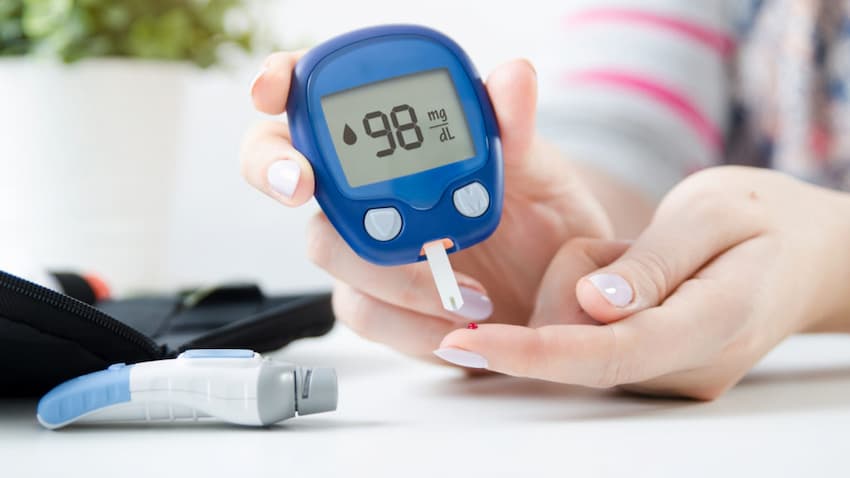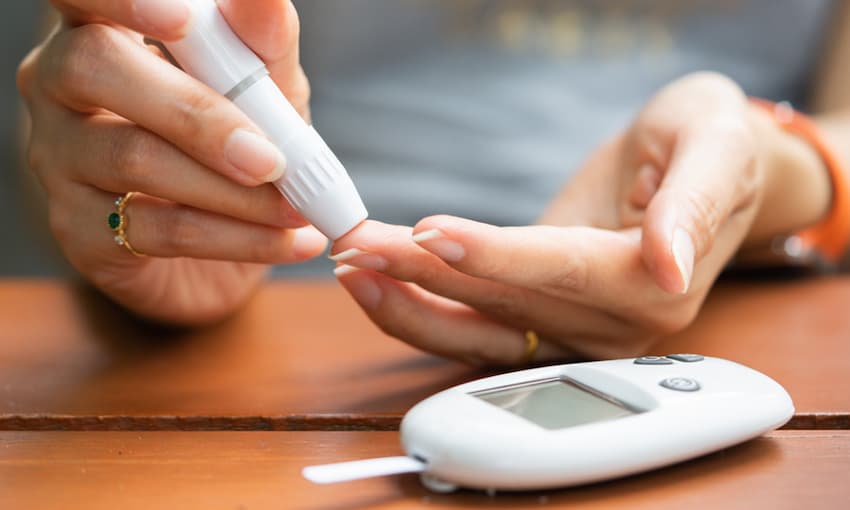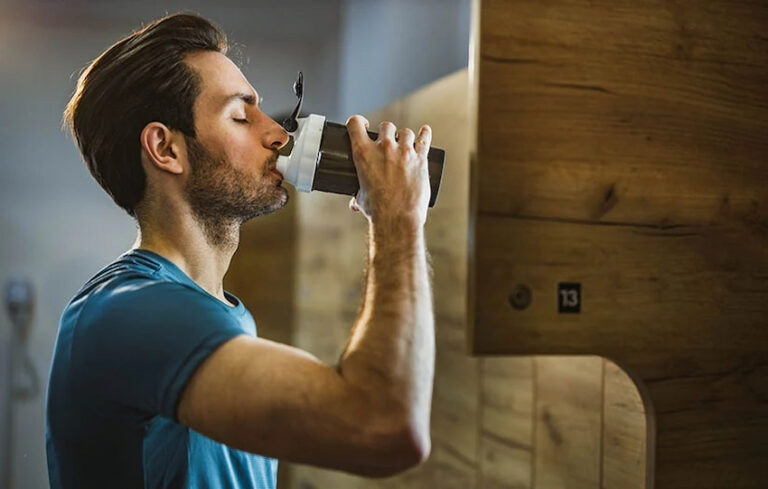If you’re among the people who are suffering from diabetes, then you probably know how important it is to pick your food carefully and replace sweeteners with healthy sugar alternatives to manage your condition. But regardless of your attempts to lead a healthier lifestyle, it’s also of great importance to constantly track your blood sugar levels, which makes blood glucose monitors an essential device for people suffering from this condition.
Choosing a blood sugar monitor can be a very daunting task, especially when you come across the different types and features manufacturers offer. This is why we put together some useful tips to help you choose the right device for yourself.
Types of Blood Glucose Monitors

Whether you decided to get a blood sugar monitor online or from one of the closest drugstores, it’s essential to get to know the different types. Glucose meters fall into three categories – invasive, non-invasive and continuous.
Invasive Glucometers
This is the most commonly used type of blood glucose meter due to its accuracy, convenience and ease of use. In fact, invasive glucometers use blood samples that are taken by using a lancing device, lancet or convenient test strips which are most commonly sold with blood sugar glucose meter kits. But even if you need to replace them, they’re also separately sold in many of the pharmacies and drugstores Australia wide.
Non-Invasive Glucometers
This type is one of the newest inventions on the market and uses different types of sensors that come in contact with your arm. In fact, the meter will scan the area and show your blood sugar level on the little monitor of the device right away.
These glucometers are very useful since you won’t need to constantly inject yourself and replace lancets or test strips. But on account of that, know that since they’re a slightly new invention, there’re very limited options on the market and they also tend to be not as accurate compared to the invasive ones.
Continuous Glucometers
Continuous blood sugar tracking devices offer the possibility to constantly track and measure your blood sugar levels since they’re intended to be worn 24/7 and everywhere. In fact, continuous glucometers consist of an implantable sensor that uses a remote transmission system to measure the blood glucose levels in the interstitial fluid.
These continuous systems are very convenient since the only thing you need to do is to place it and check your blood sugar levels and they’re also shown to be very accurate. But this convenience can require paying a little bit more than the other ones, and they tend to be difficult for maintaining and learning to use.
What to Consider When Buying а Blood Glucose Monitor?

Once you decide to search for a blood glucose monitor online or at your local brick and mortar pharmacy, there’re a couple of things you need to take into consideration in addition to choosing the right type.
Blood Sample Size
It’s important to pay close attention to the blood sample size your glucometer will require to perform a test since this will give you an idea of how much blood you may need from your finger. Many of the glucometer devices will require around 1 to 1.5 microlitres of blood to give accurate results, so make sure you choose what’s most convenient for you.
Ease of Use
Your blood sugar measuring device should be functional, intuitive and display the results in a way you understand them. It should also be of a convenient size and feature a shape that is ergonomic and allows a good grip.
Ease of Transport
Another thing to look for is how easy it is to transport your glucometer to different places since every person suffering from diabetes should be able to measure their blood sugar levels anywhere and at any time. This is why you should always choose a lightweight model that also won’t take much of your valuable purse or pocket space.
Memory
People that are using blood glucose meters are required to record their blood sugar levels so they can track their variations. For this purpose, it’s always good to choose a glucometer that features a good memory size, so make sure you calculate it. For instance, if you’re measuring your glucose levels 5 times a day, then a device that can remember 100 test memories will remember the tests made in the last 20 days only.
Using a Chip or Coding
Some glucometers that use test strips may contain a specific chip that must be used while measuring and discarded once the strips are over, and incorrect use of them often leads to incorrect results. So, if you chose one of these, make sure that the code displayed corresponds to the code on the test strips box before each measurement. If the code doesn’t respond, then know that you won’t get accurate measurements.
How to Use Your Blood Sugar Monitor Properly?

First of all, it’s very important to learn when is the right time to perform a blood sugar test. In fact, this highly depends on the type of diabetes you have.
When it comes to type 1 diabetes, most doctors recommend testing your blood sugar levels from 4 to 10 times per day- before meals and snacks, before and after working out, before you go to sleep, at least once during the night and more often if you’re ill, go through changes of your daily routine or start taking new medications.
On the other hand, if you’re suffering from type 2 diabetes, your doctor may recommend blood sugar testing several times a day, according to the amount of insulin you use. Such tests are usually recommended before meals as well as before going to bed. But, if you’re able to manage your type 2 diabetes without taking insulin-based medications, then you may not need to test your blood sugar levels on daily basis.
So, once you have to perform a test, make sure you start by thoroughly washing and drying your hands since food or any other substances can give you inaccurate results. The next step is to insert the test strip into your glucometer and carefully prick the side of your fingertip with the lancet in your kit. Once you do it, touch and hold the edge of the test strip to the drop of blood from your finger. At this point, the glucometer should display your blood sugar level on the screen.
However, some meters can require blood taken from alternate sides, such as your palm or forearm. But have in mind that blood from these sites won’t give you that accurate reading as blood taken from your finger, especially after a meal or exercising when the blood sugar levels change more frequently.













